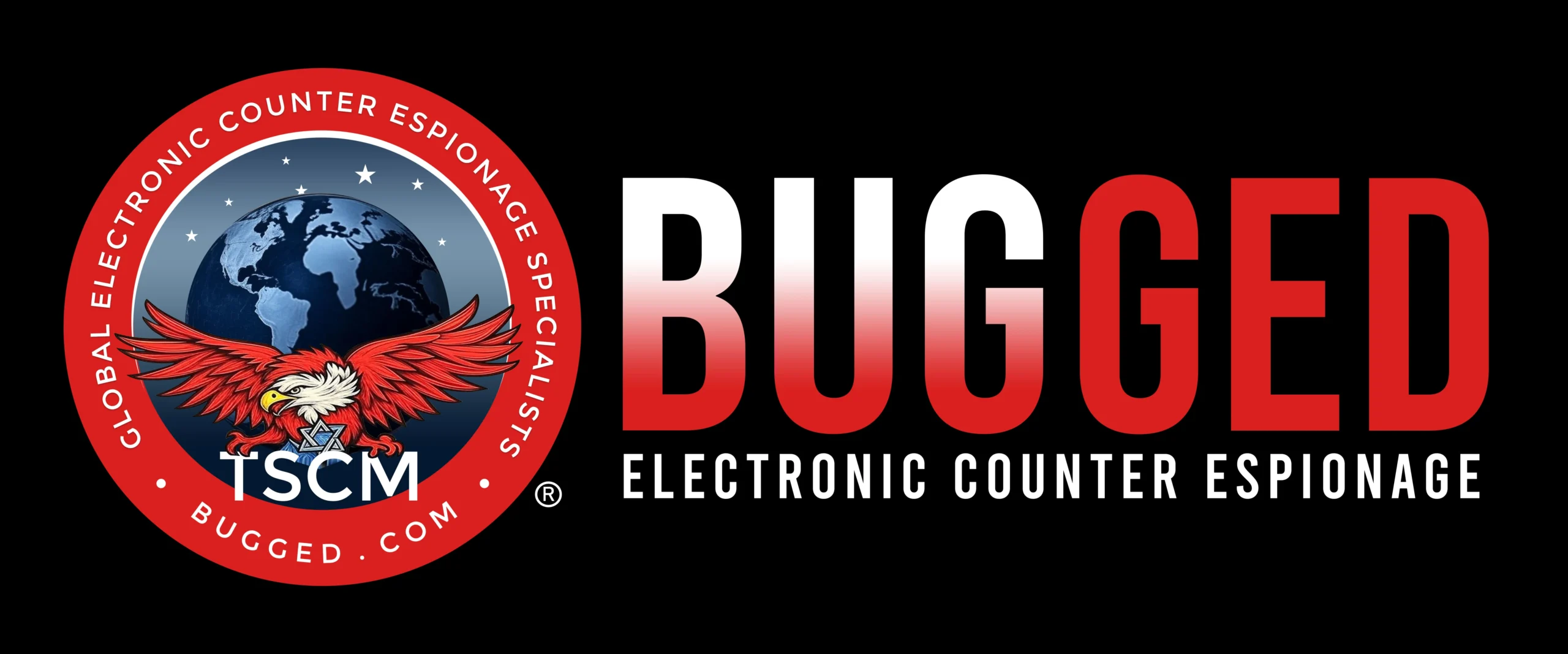
AI and Smart Devices: The New Challenge for Bug Sweeps
The ubiquitous integration of artificial intelligence and smart devices is fundamentally reshaping the landscape of personal and corporate privacy, presenting a formidable challenge to traditional counter-surveillance methods. The era of simply sweeping for radio frequencies or hidden cameras is over; we now face an environment where the very tools designed for convenience are potential conduits for sophisticated eavesdropping.
AI-powered technologies have enabled a new class of threats. An intelligent listening system is no longer a passive recorder; it can be programmed to activate only upon detecting specific keywords or voices, conserving power and storage while making detection incredibly difficult. Furthermore, AI can sift through immense volumes of data—including background noise from a smart TV or the data streams from a connected thermostat—to extract meaningful patterns of behavior, conversation snippets, or sensitive information. These systems learn and adapt, potentially evading static detection protocols.
The vulnerability is amplified by the sheer scale of the Internet of Things (IoT). Each smart device—from voice assistants and smart bulbs to refrigerators and security cameras—represents a potential node in a surveillance network. Many of these devices have weak security, are rarely updated, and can be compromised to form a botnet that not only collects data but also masks malicious activity within normal network traffic. A traditional bug sweep might miss a compromised IoT device because it is, technically, a legitimate appliance on the network.
Staying ahead demands an evolution in strategy and tools. Effective modern counter-surveillance must embrace a multi-layered approach. This includes:
· Advanced Network Intelligence: Using specialized tools to monitor all network traffic for anomalous data flows, unauthorized connections, or signals emanating from devices when they should be idle.
· RF Spectrum Analysis: Deploying sophisticated spectrum analyzers that can identify not just common transmissions but also subtle, low-power, or burst signals that AI-enabled bugs might use.
· Non-Linear Junction Detection (NLJD): Utilizing NLJDs to find electronic components, even when powered off, which can identify sophisticated devices that avoid transmitting signals.
· Physical and Digital Audits: Conducting rigorous audits of all connected devices, questioning their necessity, and ensuring they are secured with strong, unique passwords and firmware updates.
For the privacy-conscious individual or professional, the key is proactive vigilance. It involves a mindset that questions the connectivity of every new device and invests in the advanced technical measures required to defend against threats that are as dynamic and intelligent as the technology enabling them.
